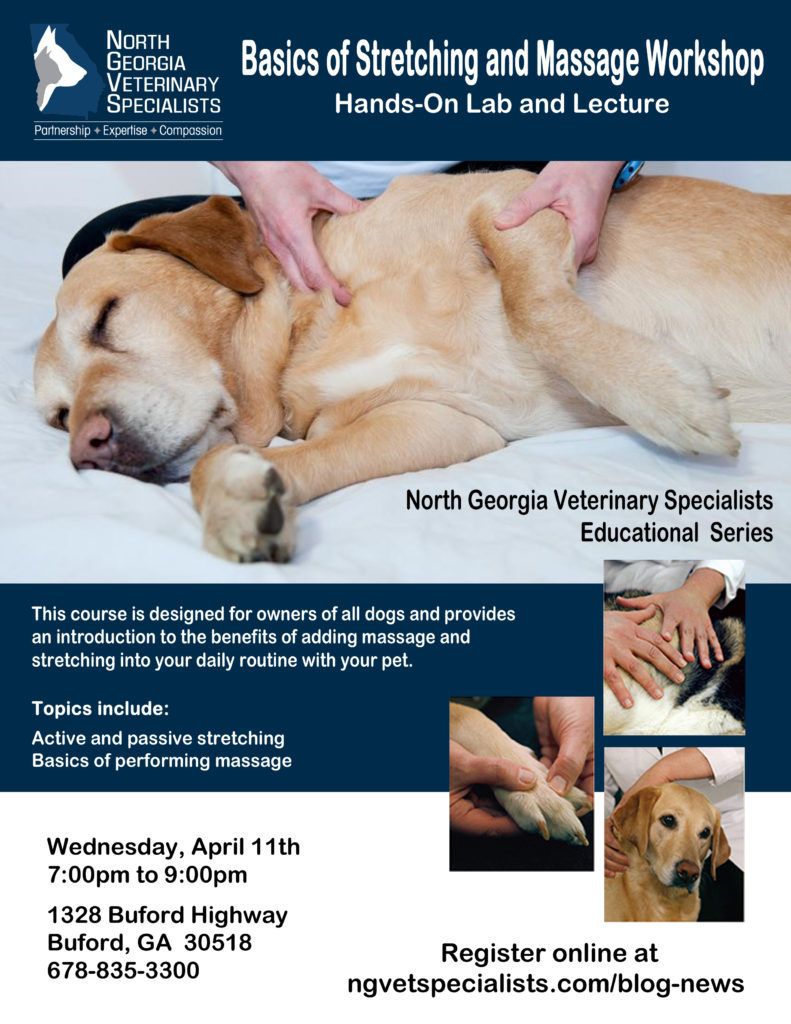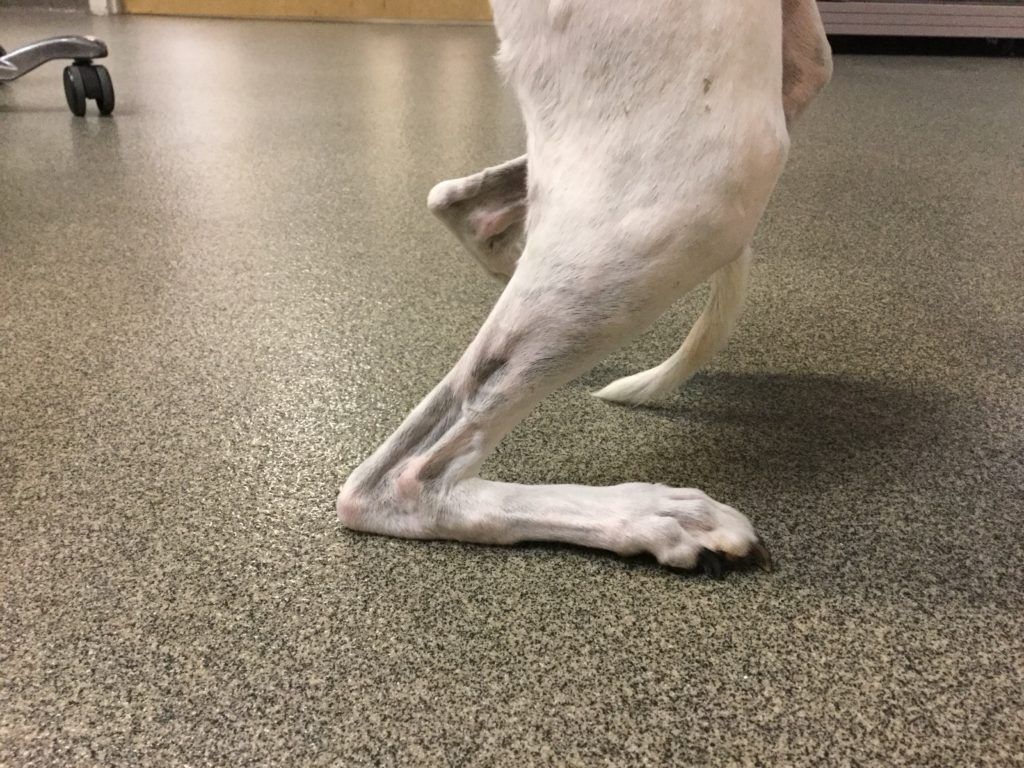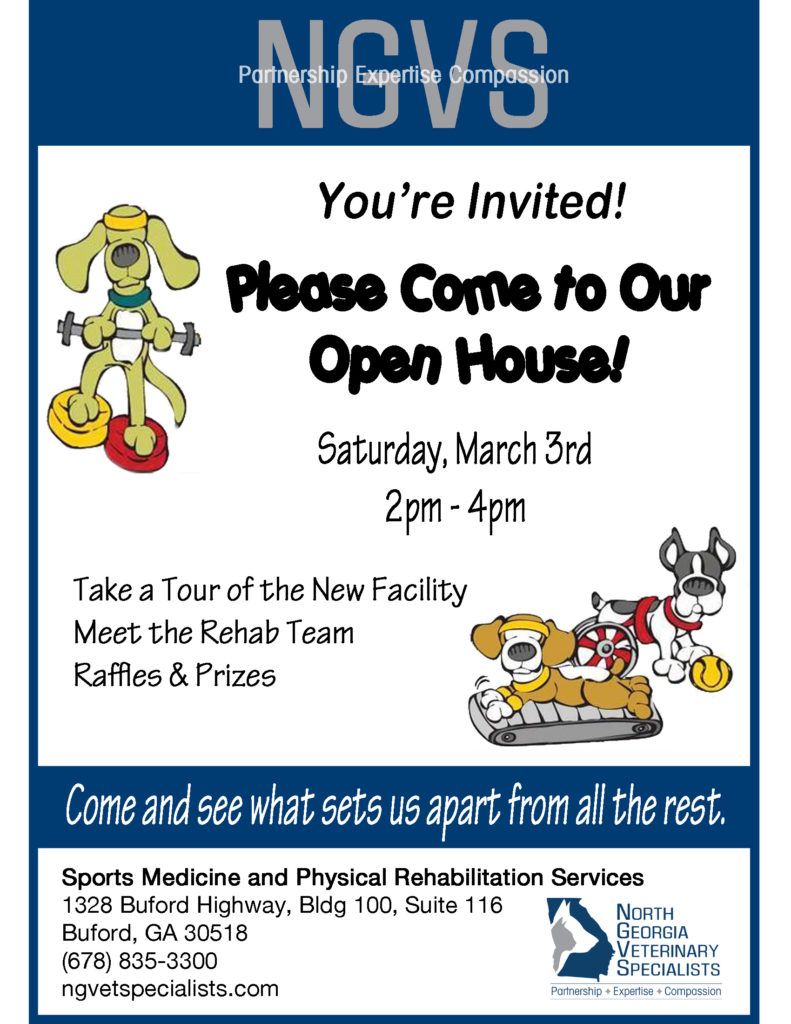14 Most Helpful Questions about Total Hip Replacement
NGVS • October 18, 2015

Veterinary Surgeons at North Georgia Veterinary Specialists offers Total Hip Replacement procedure for dogs and cats of all sizes and age. Total Hip Replacement is the only salvage procedure known to predictably restore normal range of motion and activities to hips that have non-neoplastic and non-infected injuries or disease, that cause pain and disability of the hip joint. Contraindications exist for our Total Hip Replacement procedure. These include other orthopedic diseases such as cranial cruciate ligament rupture, neurologic diseases, bacterial pyoderma, and in cases were medical management of the hip pain is effective. An initial appointment will need to be scheduled for diagnostic procedures to determine if a pet is a suitable candidate for th the total hip replacement procedure. Following this initial evaluation, the Total Hip Replacement procedure will then be scheduled. The most common questions about our Total Hip Replacement procedure, and their answers,, are as follows:
Q: What is canine Total Hip Replacement (THR)?
A: Total Hip Replacement is a surgical procedure in which the arthritic hip joint surfaces are replaced with a new prosthetic ball and socket in the femur and acetabulum, respectively. The prosthesis is designed to fit precisely and mimics the anatomy of the original joint. The arthritic joint is pain free after total hip replacement.
Q: Why has THR been recommended for my pet?
A: Total Hip Replacement has been recommended for your pet to alleviate the pain and/or disability associated with hip pathology. Specific common indications include arthritis secondary to hip dysplasia, traumatic hip luxation that cannot be maintained in place following reduction, fractures of the femoral head or neck that do not have a good prognosis following surgical repair, and developmental problems such as avascular necrosis of the femoral head that leads to arthritis. The goal in all cases is to provide a pain-free joint and to restore normal joint function.
Q: What is hip dysplasia?
A: Hip dysplasia is an abnormal development and growth of the hip joint. Both hips are usually affected but symptoms may be more severe on one side. The onset of clinical signs does not always occur in both hips simultaneously. Hip dysplasia is manifested by varying degrees of laxity (looseness) of the hip joint with instability and malformation of the joint components. Arthritis is the long-term consequence of hip joint laxity. It is one of the most common reasons why a pet will need total hip replacement.
Q: What are the clinical signs of hip dysplasia?
A: The signs of hip dysplasia may be subtle. They can include the presence of lameness in one or both hind legs and the reluctance to climb stairs or jump. Dogs that are affected often become less active and less playful. They may be reluctant to go on walks and their gait may be a “bunny hop” at certain speeds. Most of this clinical signs can be alleviated with conservative mangement under the supervision of a veterinarian. Some dogs may become refractory to such treatments and will need total hip replacement to alleviate their signs.
Q: What does THR surgery entail?
A: Total Hip Replacement involves removing both the arthritic ball (femoral head) and socket (acetabulum) and replacing them with an artificial ball and socket joint. The surgical procedure is precisely planned using several radiographic (X-ray) views and specialized templates that match the available implant sizes. Preoperative templating allows the surgeon to accurately determine the appropriate size femoral and acetabular implants to match the patient’s femur (thigh bone) and acetabulum (socket in pelvis).
During surgery, the arthritic femoral head is removed, the arthritic acetabulum is prepared, and the acetabular component (socket) is implanted. Next, the femur is prepared, and the femoral component is implanted. The femoral head (ball) is placed on the femoral stem, and the new joint is articulated by placing the femoral head (ball) within the acetabulum (socket) to create the new prosthetic ball and socket joint. The average length of a THR procedure is approximately 75 minutes. Click here for a video of the procedure.
Q: What are the alternatives to THR?
A: For pets with hip disease, the alternatives to Total Hip Replaceement include revisions to their currentmedical management strategies, or another surgical salvage procedure called a femoral head ostectomy (FHO). Medical management of hip dysplasia can include any or all of the following: optimization of body weight, administration of non-steroidal anti-inflammatory drugs, nutritional supplementation, implementation of a rehabilitation program, as well as any other method to manage pain. The Femoral Head Ostectomy surgical procedure removes the femoral head and neck from the femur which severely alters the biomechanics of the hip joint.
Q: What are the benefits of THR over a FHO?
A: Pain relief following THR is more predictable than after FHO. Pets with THR are expected to be pain-free for life. Research has shown objective evidence that dogs return to normal function in three to six months following THR. FHO is less predictable and the joint may remain painful. Dogs that have had successful THR surgery do not require long-term drug therapy. In addition to significant cost savings, this will eliminate the potential problem of long-term complications associated with chronic use of anti-inflammatory drugs.
Q: What are the risks of THR?
A: Total Hip Replacement, like all surgeries, carries a low risk of anesthetic and infection complications. Additional risks can include femur fracture and luxation of joint components. In rare instances, the sciatic nerve can be injured during the surgery. Sciatic nerve problems are usually transient and recovery occurs within a few weeks. If complications arise, they can usually be resolved successfully.
Q: Are there reasons why my pet shouldn’t have THR?
A: Total Hip Replacement is not performed on pets with cancer or other major medical problems of higher priority for treatment. Pets with lameness caused by problems other than hip pain including problems affecting the knee joint or spine must be carefully evaluated before Total Hip Replacement is performed.
Q: How common are THR in dogs?
A: The first Total Hip Replacement in a dog was performed in 1957. Our practice uses products from BioMedtrix for our total hip replacement procedure. BioMedtrix introduced the CFX® (Cemented Fixation) total hip system in 1990 and the BFX® (Biologic Fixation) in 2003. Since then, over 37,550 procedures have been performed using these implants. Total Hip Replacement can be performed on dogs ranging from 3 pounds through 170 pounds. Total Hip Replacement can also be performed in cats.
Q: What is the success rate for THR procedures?
A: The success rate is very high. More than 95% of the patients who receive a Total Hip Replacement should be able to use the new hip for the rest of their life.
Q: How long will the implant last?
A: Total Hip Replacement implants are expected to last a lifetime.
Q: How long will my pet be in the hospital following THR surgery?
A: We usually keep patients for two to three days following Total Hip Replacement surgery. In some rare instances, high-risk patients may be hospitalized for longer periods to provide additional assistance or to protect the stability of the new prosthetic joint.
Q: What is the typical recovery time for THR and what is involved?
A: Pets often begin using their operated limb on the day of surgery. Most dogs use their operated leg quite well within a couple of weeks but activity is supervised and limited to leash walks for approximately six weeks after surgery.











